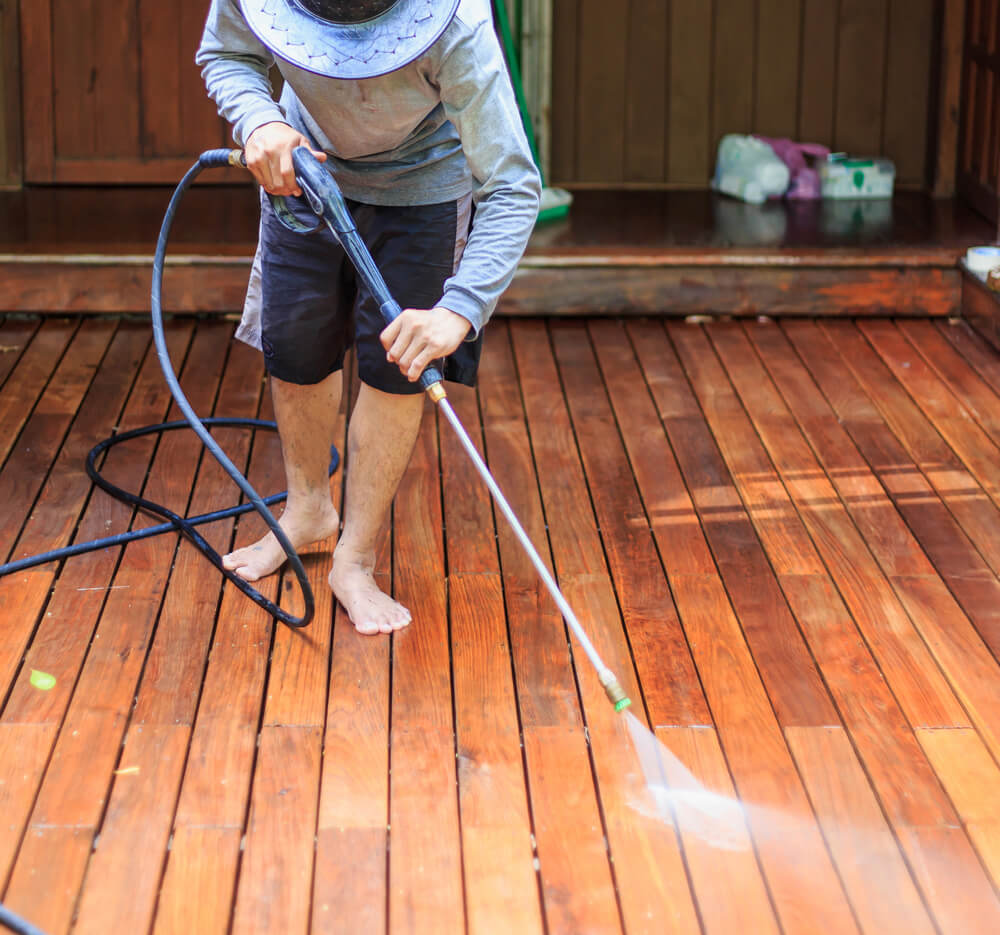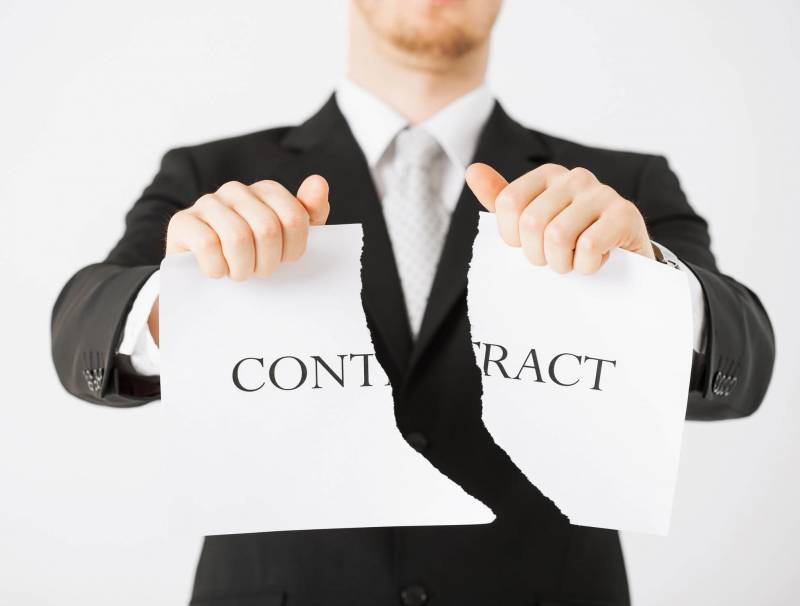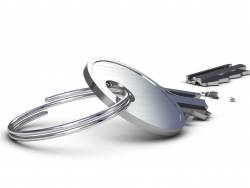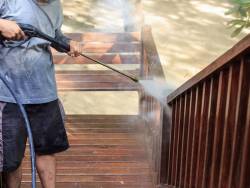Can You Pressure Wash Decking?
Can you pressure wash decking? The good news is yes you can! While you might want fire up that pressure washer and rip through all that built up dirt and grime, there are a few things related to pressure washers and decking to be aware of first. Pressure Washing Friendswood (www.pressurewashingfriendswood.com) has detailed the most important things to know before you get started.
What Is a Pressure Washer?
A pressure washer is a machine that sprays a stream of water at an extremely high speed. There are many different pressure washers on the market with varying levels of strength, using different mechanisms for power, and with many different features.
While every pressure washer is different, they roughly fit into two categories: gas and electric. Electric pressure washers are typically cheaper and quieter than their bigger gas cousins, but have noticeably less power. Gas is much stronger but needs more upkeep than electric washers.
Pressure washers usually come with a set of spray tips to control spread and power. In addition, there are also things like brushes, extensions and angled wands for more control. Most pressure washers can use different types of chemical to help more thoroughly clean a surface.
What Are the Different Types of Decks?
There are a few types of decks, the most common being ones made from wood, composite, and EverGrain. Of these, wood is by far the most common, and also has the greatest chance of being damaged when cleaned with a pressure washer.
Oftentimes, people who clean their deck for the first time with one of these machines use too high of a power setting. This results in chunks missing and unsightly etching. Some mistakes can be buffed out with a little sanding, with others result in permanent disfigurement.
It is highly recommended to set the pressure as low as possible when washing your deck. For softer woods like cedar, it shouldn’t be any higher than 600 psi, while hardier wood can withstand as high as 1500 psi. Many times a wide ended tip is the way to go as it covers the most area and reduces power.
Are There Any Specific Techniques I Should Use When Washing?
You should apply a liberal application of deck washing liquid before you start. The best way to do this is to scrub it in with a deck brush. Make sure to reach all areas. If it’s a particularly sunny day you should apply this in small sections, as the liquid might dry up too fast.
Use a fan tip when cleaning - this is usually anywhere from a 40 to 60 degrees in width. Keep the end about a foot away from the surface and go slowly with a sweeping motion. Make sure when you are applying to work with the wood grain, so as to avoid any flaking.
Even if you are really careful, it is possible that some wood will come up while you are cleaning. The best course of action is to use sandpaper to smooth out the raised areas. On the deck surface itself, you can usually use around 60 to 80 grit sandpaper, while the handrail will need something a bit higher like 100 grit.
Do I Need to Do Anything Else After I Clean?
This is a great time to refinish your deck, as it is in a prime state to absorb all that sealer. Deck sealant can greatly improve the life and look of the wood, as it forms a barrier between it and the elements, staving off the damaging effects of water and sun.
Make sure to follow what the sealant manufacturer says, as all of them are a little bit different. Don’t apply in direct sun, as this will inhibit absorption. The drying time might differ based on the time of the year, with more humid months requiring a longer time.
After the area is thoroughly cleaned and sanded, apply the sealant slowly with a paintbrush. Make sure to properly mix - never shake - the sealant, as it has a tendency to separate in the container. You might need to apply a second layer.
Pressure washing a deck is not only possible, but can be done easily as long as you know what you are doing ahead of time. When washing, always go with the grain, move slowly, and never go over 1500 psi.






















